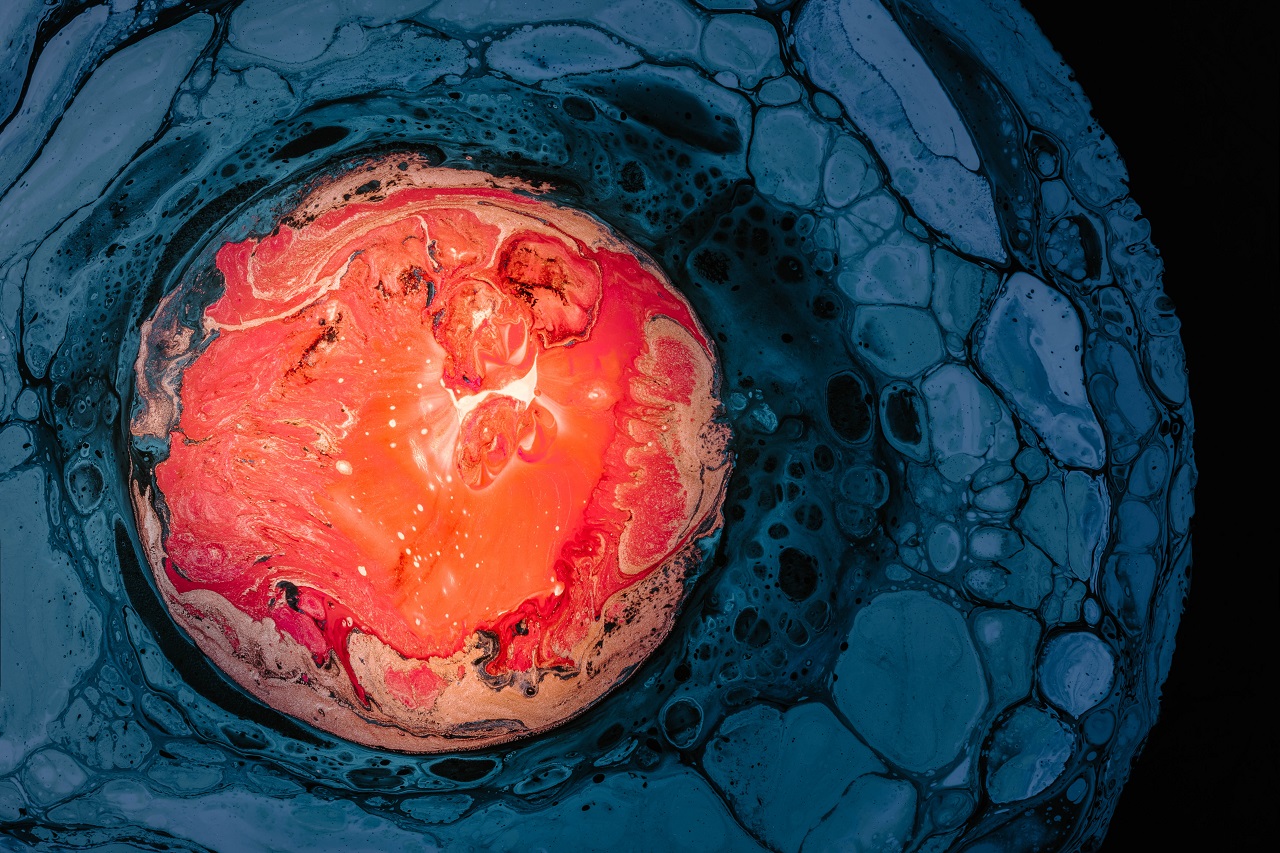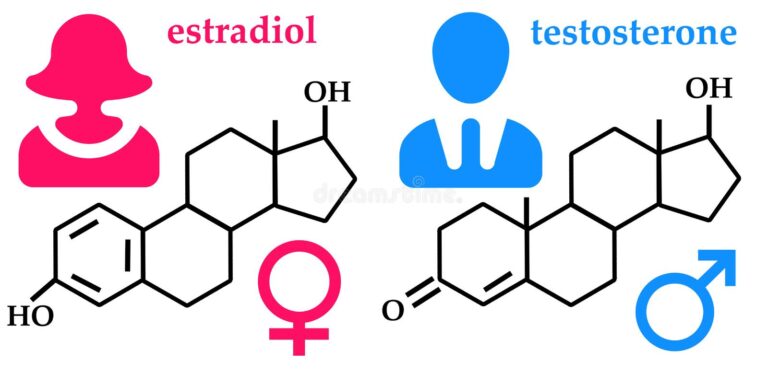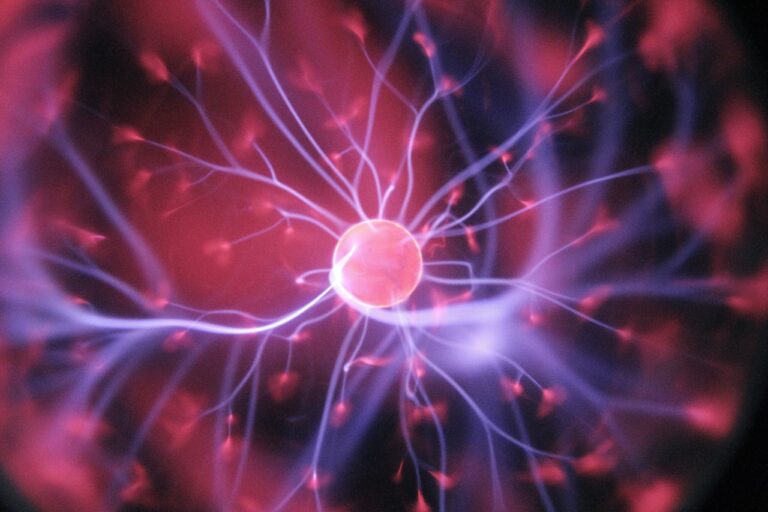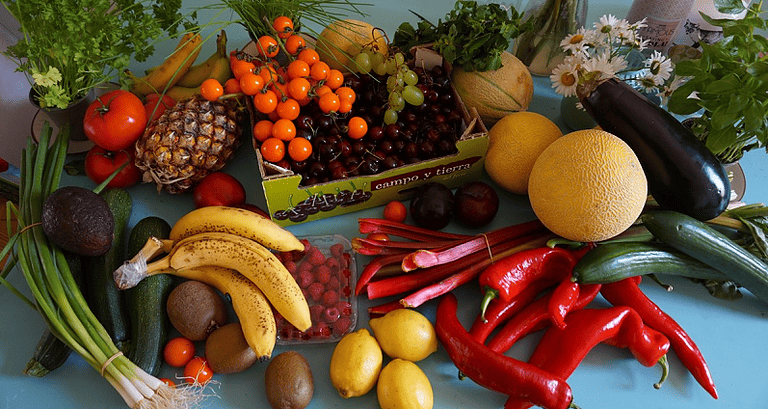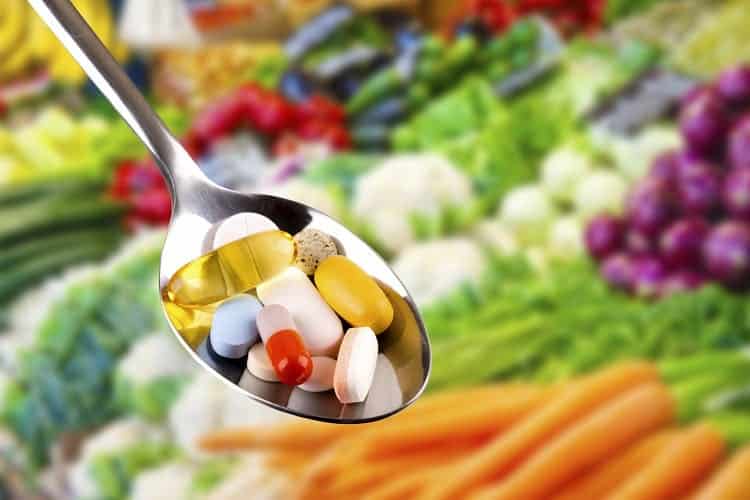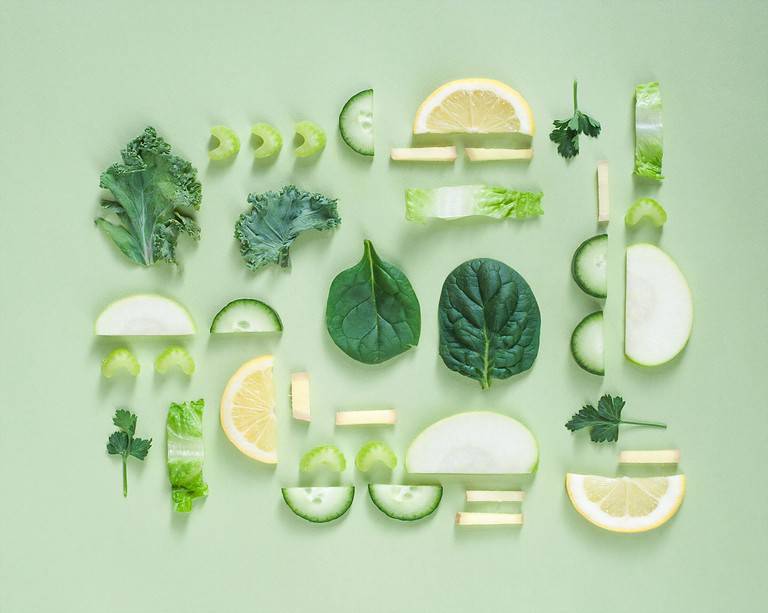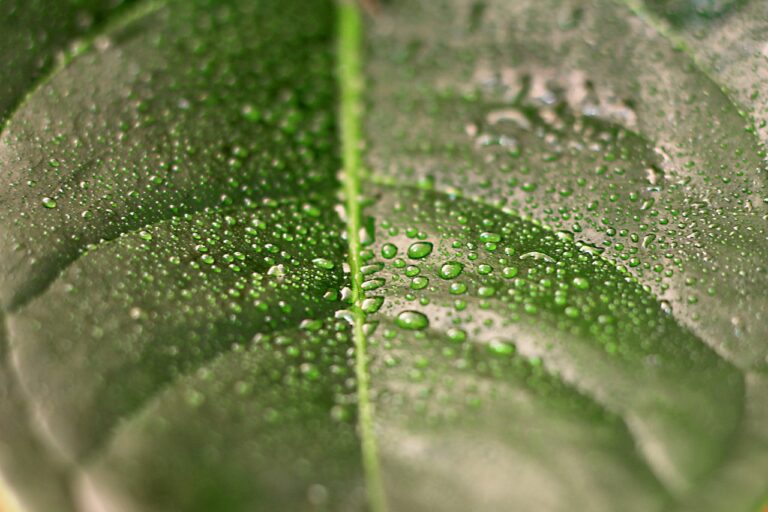Body Cells
Are you really aware of what your body is made of?
Nothing happens without these little things, because all living organisms are made of them. They are called cells. There are two basic types of cells marked with these two fancy Latin words – prokaryotes and eukaryotes. The former constitute only single-celled organisms which are basically living creatures that we know as bacteria, while the latter can also be multi-celled and these are the building blocks of animals, plants and, of course, us humans. You are a eukaryote. Isn’t it cool to have a Latin name?
What are the differences between prokaryotes and eukaryotes?
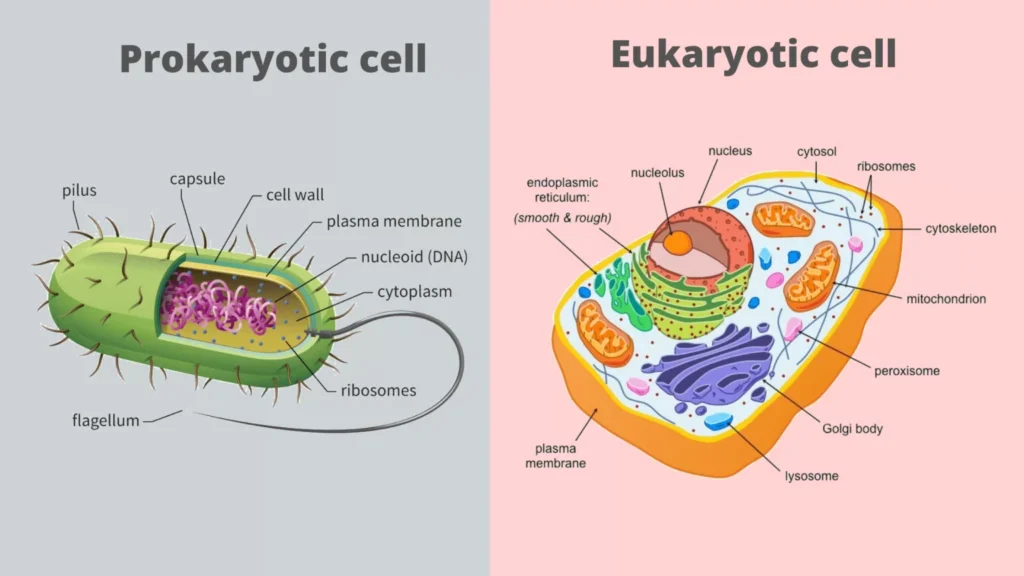
Basic distinction between these two is that the prokaryotes don’t have well defined nucleus or cell’s core (that’s where your DNA is dwelling), and also they don’t have compartments called organelles, which by the way don’t have membranes and just float in cell’s sap called cytoplasm.
What’s interesting is that the whole cell’s content is imprisoned within the “bars” — known as the cell membrane which is permeable. Which is great because the cell needs nutrients to go in and produced waste to go out.
It’s pretty much the same mechanism you experience with your body and skin, but within the cell is on the much smaller scale. As much as it is important to take care of your skin, the same goes for cell membrane permeability which is quite crucial for your overall well-being, because you need those nutrients to enter the cell efficiently. There are some factors that affect cell’s membrane permeability – temperature, acidity of environment and hydration, which is why for example the proper daily water intake is very important.
The main cell’s components
I don’t want to bore you with cell components (previously mentioned organelles), but some of them that you certainly heard of and that are crucial for your body smooth functioning are:
- mitochondria – cell’s power plants,
- ribosomes – protein assembly line,
- lysosomes – cell’s landfills and
- vacuoles – cell’s material storage area.
So it is good to remember at least these four as they are the place of cell’s life driving force and are and will be the subject of many new researches on humans longevity.
What do we not have in our cells?
One important component that your cells don’t have is chloroplast. It is present in green plants, where photosynthesis is performed with the help of the chemical compound called chlorophyll (which is also responsible for that green color of many plants). This is the biochemical process from which we get that essential molecules of oxygen that we intake with breathing.
Think about that the next time you go for a walk in the woods or at your local park. Your lungs, and therefore your cells, depend on those trees you unconsciously passing by every day while walking down the street. Just a thought…

So take a deep breath of that precious oxygen and let’s dive into some biochemical basics in the next articles.

